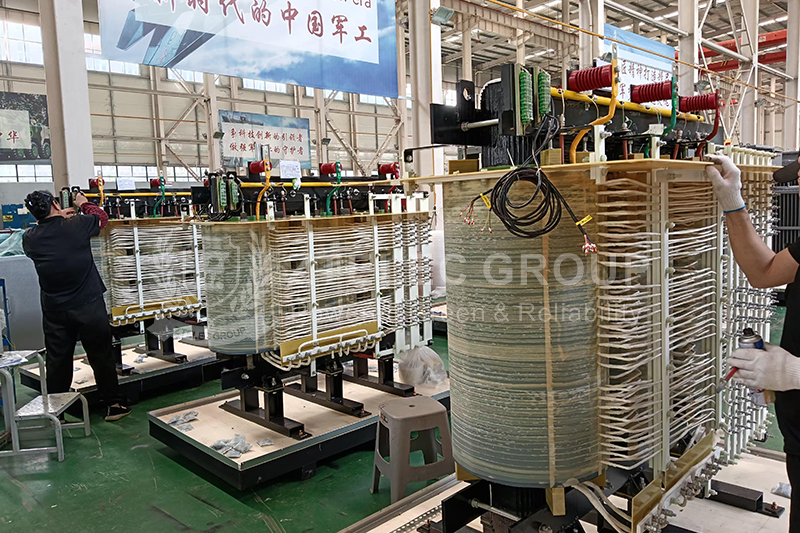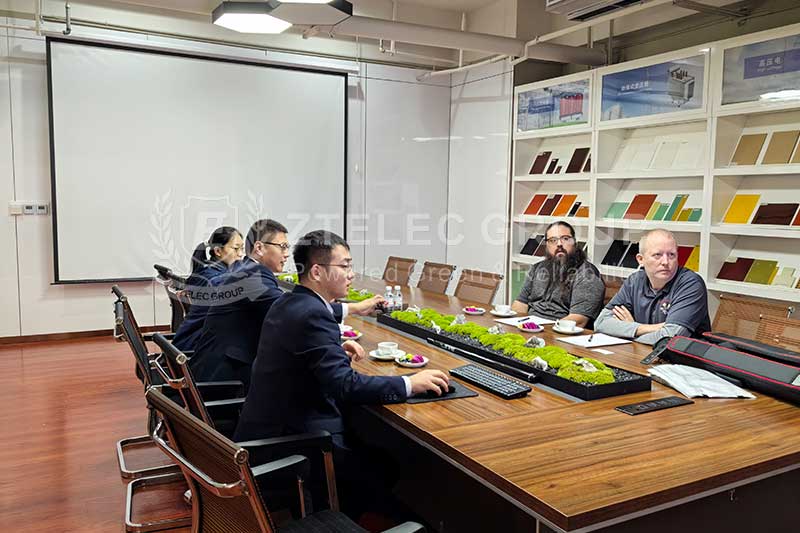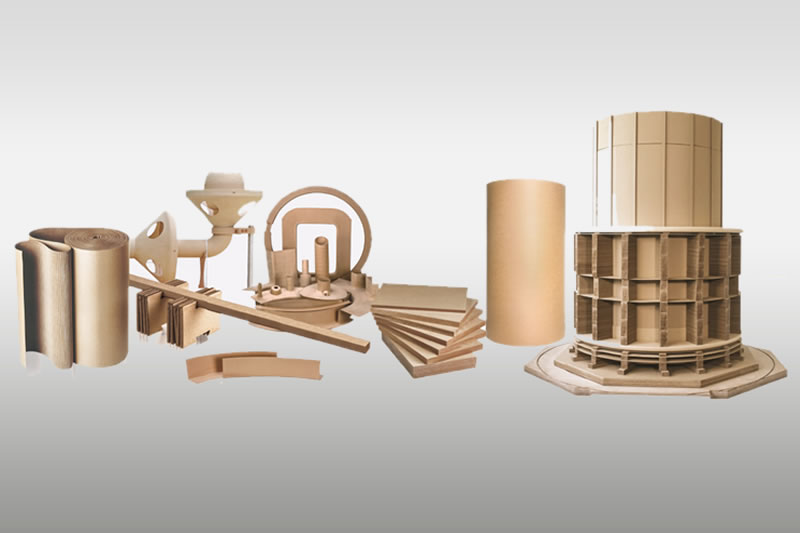The difference between fr4 fr5 and g10 g11
2024-06-27 12:02 | By: ZTELEC-www.ztelecgroup.com | 50click
FR4, FR5, G10, and G11 are all glass fiber reinforced epoxy resin (Glass Epoxy) insulation materials, which are widely used in the electronic and electrical fields. Here are the main differences between them:
1. Material composition and standards:
FR4: FR4 is an insulating material with a flame retardant level of 4. It is composed of fiberglass and epoxy resin and generally meets UL94 V-0 Class standards.
FR5: FR5 is an insulating material with a flame retardant level of 5. It is also composed of fiberglass and epoxy resin and is generally UL94 V-0 rated.
G10: G10 is a fiberglass reinforced epoxy insulation material that generally meets NEMA G10 standards. It is usually flame retardant level 1 or 2.
G11: G11 is a higher temperature insulation material also known as high temperature FR4. It complies with NEMA G11 standards and is typically used in high-temperature environments with good electrical performance and heat resistance.

2. Heat resistance:
FR4: FR4 generally has moderate heat resistance and can operate within a certain temperature range, generally up to 130 degrees Celsius.
FR5: Compared with FR4, FR5 has slightly higher heat resistance, generally reaching 150 degrees Celsius.
G10: The heat resistance of G10 is also usually around 150 degrees Celsius.
G11: G11 is a high-temperature material with generally good heat resistance and can work above 200 degrees Celsius.

3. Mechanical properties:
FR4, FR5, G10, G11: These materials have good mechanical strength and stiffness and can be used to make structural supports, partitions, insulating gaskets and other applications.
4. Color:
FR4, FR5: Usually yellow or light green.
G10, G11: Usually light green or dark green.

5. Application areas:
FR4: Used for general circuit boards, insulating materials, etc.
FR5: Used in high-temperature electronic and electrical equipment, circuit boards, etc.
G10: Used for structural supports, partitions, insulating gaskets, etc.
G11: Used for circuit boards, insulating gaskets, etc. in high temperature environments.

Overall, these materials are high-performance insulation materials used in different applications, and the selection depends on specific engineering needs, such as flame retardant properties, heat resistance, mechanical strength, etc.
tags:Price of a 1600kVA 10kV Cast Resin Dry-Type Transformer35kV dry-type transformer protection10kV oil-immersed transformer110 kV oil-immersed transformerOil-Immersed Transformer Maintenance
- more+releated article
- 2025-12-13How to Select and Use Phenolic Cloth-base Lami
- 2025-12-13How Much Does Bakelite Sheet Cost? 2025 Price
- 2025-12-13Why are most 3240 epoxy boards yellow?
- 2025-12-13What are the Main Applications of FR4 Epoxy Bo
- 2025-12-13Why Does the Price of Insulating Paperboard Va
- 2025-12-13Heat-Resistant DDP Insulation Paper
- 2025-12-13Comparison of Heat-Resistant DDP Insulating Pa
- 2025-12-13G10 and FR4 Epoxy Boards: Commonly Used for Ge
- 2025-12-13The Price of Heat-Resistant DDP Insulation Pap
- 2025-12-13How to Choose Epoxy Laminate Materials for Gen





